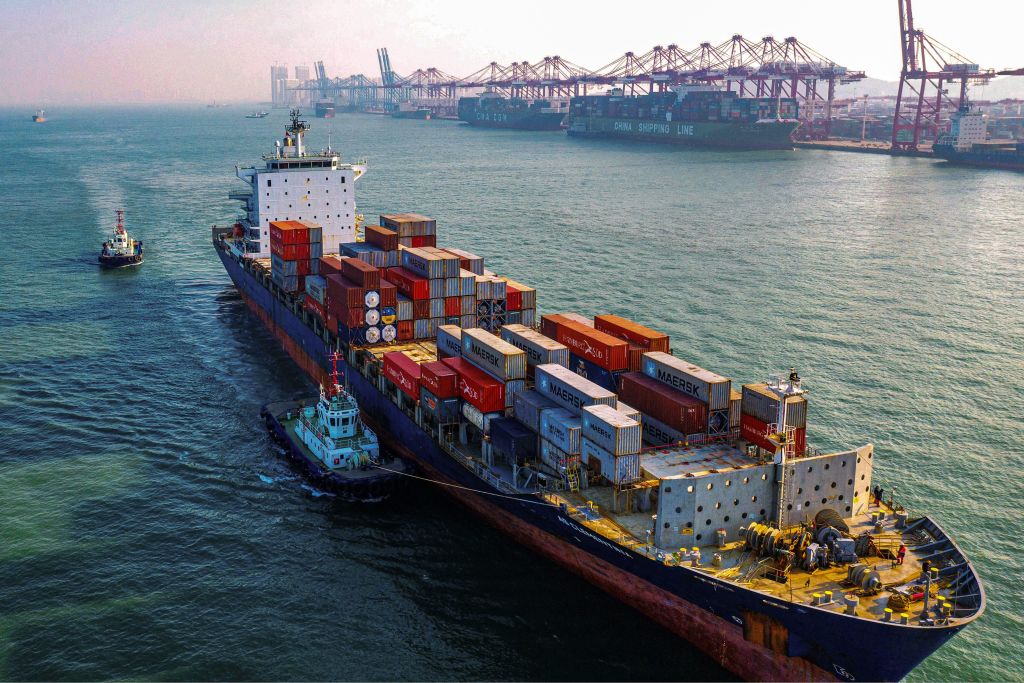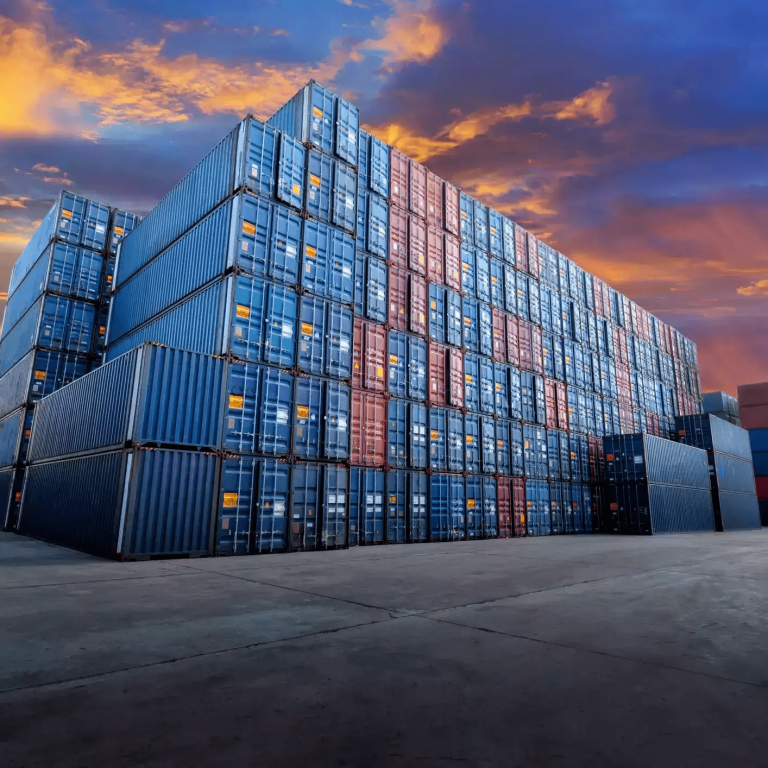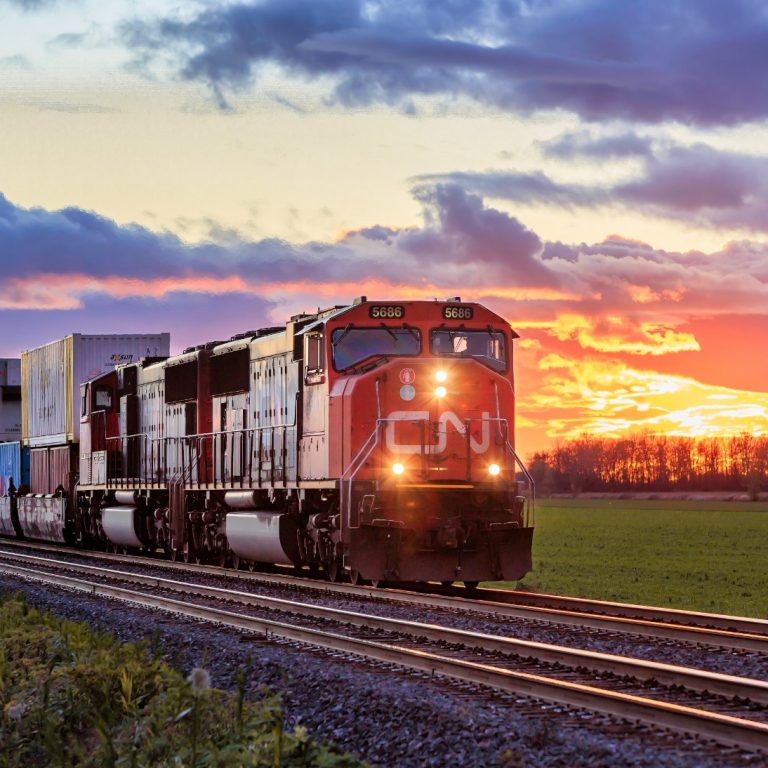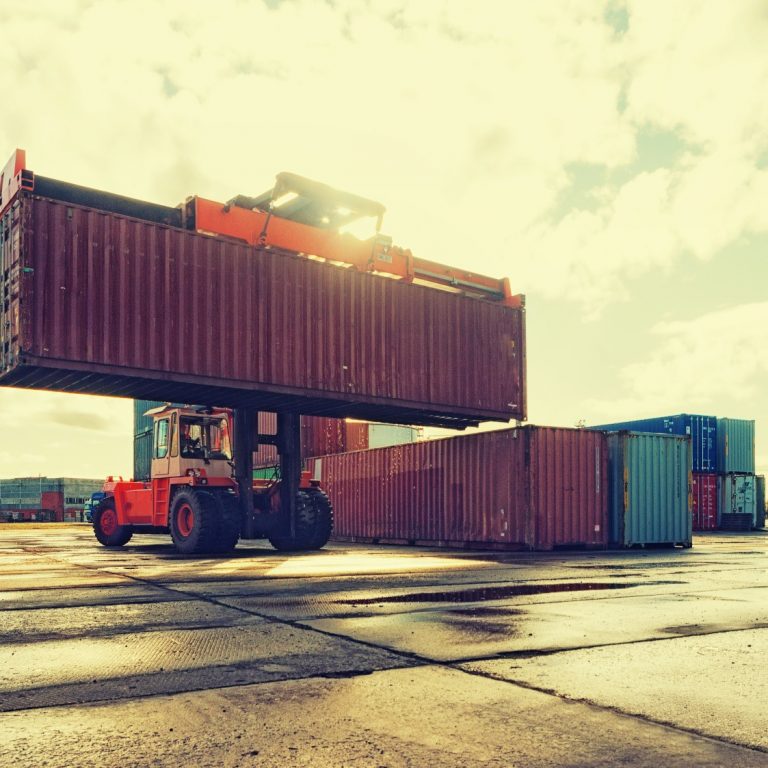Supply chain Industry amidst crisis!!-Why & How?
Supply chain Industry amidst crisis!!-Why & How?
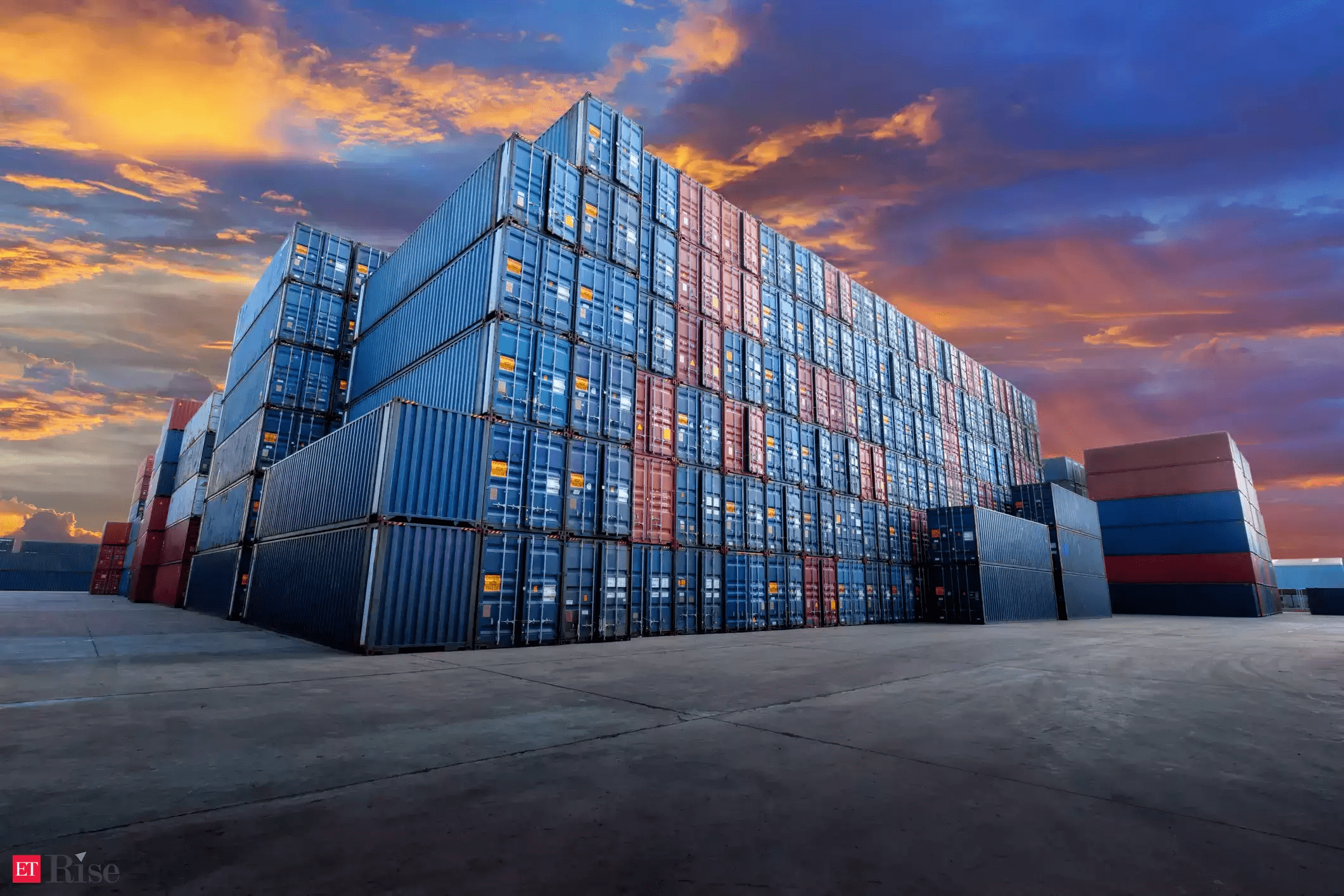
The traumatic phase for the supply chain industry after Covid 19
After the covid 19 pandemic, the supply chain industry has been severely warped by a series of natural and man-made calamities. The problems seem to be compounding and not alienating ever since. Manufacturing and Transportation systems have been enduring hindrances due to supply constraints, labor shortages, port congestion, and container problems. Global demands for consumer goods have increased but due to supply constraints, the market is suffering immensely. Goods developed & made in Asia are generally shipped to Canada, the USA, and North America. As a result, prices of shipping transportation and logistics soared up but are creating havoc on the ports due to heavy congestion and limited capacity. On the other hand, the trucking and logistic companies are struggling to manage the over-flooding of containers on the ports. Another big challenge for these logistic companies is to deal with labor shortages and run their business as best as they can.
Further wrath of nature on global supply chain industry
Port Congestion is another big bottleneck!!
The Supply chain Industry is drastically hit by “the storm of the century” and it is anticipated that the distortions to the supply chain will continue to disturb the market for a few forthcoming months. Also, the port of Vancouver is the key entry point for the import & export of consumer goods. Since the onset of a pandemic, the port is facing congestion issues due to increasing cargo volumes by over 7% from March’20 to March’21 leading to an increase in vacant freight containers. This has caused Container Storage problems and service delays by container facilities of the port.
‘Measures in Action’ to bring back supply chain in order
The government of Canada and Port authorities is already offering all the support and aid to British Columbian Province to resolve the arising supply chain and transportation issues. The objective is to recover, rebuild and renovate a reliable network of transportation for the seamless movement of goods across the supply chains of the country and abroad.
The backlog in the supply chain at the global level is already huge and with floods, the situation has been worsened. The recovery is a long road ahead but with time and sincere efforts, this phase will also pass at the right time.


